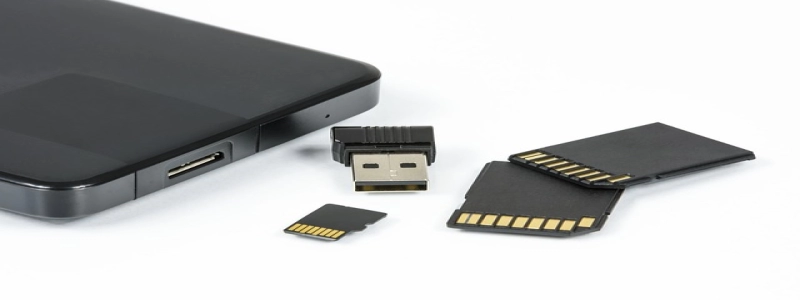Title: Introduction to DWDM Technology
Subtitle: A Detailed Explanation of Dense Wavelength Division Multiplexing (DWDM) Technology
Introduction:
In the rapidly evolving world of telecommunications, the demand for high-speed data transmission has increased significantly. One of the key technologies that enable efficient data transmission over long distances is Dense Wavelength Division Multiplexing (DWDM). This article provides a comprehensive overview of DWDM technology, including its working principle, benefits, and applications.
I. The Basics of DWDM Technology:
DWDM technology is a multiplexing technique used to transmit multiple simultaneous data streams over a single optical fiber by using different wavelengths of light. It allows for the transmission of data at extremely high speeds, increasing the capacity of existing fiber optic networks. The following sections delve into the working principle of DWDM and the components involved.
II. Working Principle of DWDM:
a. Multiplexing and Demultiplexing:
DWDM technology utilizes multiplexing and demultiplexing processes to combine and separate multiple data streams. Multiplexing involves combining individual data signals, each assigned to a specific wavelength, into a single composite signal. Demultiplexing, on the other hand, separates the composite signal into its constituent data streams using wavelength filters.
b. Wavelength Channels:
In DWDM, each data stream is assigned a specific wavelength channel. These channels are tightly packed together, allowing for multiple parallel data streams to coexist in a single fiber optic cable. The wavelengths are typically in the C-band (~1530-1565 nm) or L-band (~1565-1625 nm) of the electromagnetic spectrum, with each channel separated by a specific frequency or wavelength interval.
III. Components of a DWDM System:
a. Transmitters:
Transmitters generate optical signals by encoding digital data onto specific wavelength channels. These signals are then combined into a composite DWDM signal for transmission.
b. Fiber Optic Cable:
The fiber optic cable is the physical medium through which the DWDM signal travels. It consists of multiple strands of glass or plastic fibers that carry the different wavelengths of light.
c. Multiplexers and Demultiplexers:
Multiplexers combine the individual data streams onto a single fiber while demultiplexers split the composite signal into its constituent wavelengths.
d. Optical Amplifiers:
Optical amplifiers are used to amplify the signal power at regular intervals along the fiber optic cable to compensate for signal loss.
IV. Benefits of DWDM Technology:
a. Increased Capacity:
DWDM technology allows for the transmission of multiple data streams simultaneously, greatly increasing the capacity of existing fiber optic networks. This enables telecommunications companies to meet the growing demand for high-speed data transmission.
b. Enhanced Efficiency:
By utilizing different wavelength channels, DWDM maximizes the utilization of the available optical spectrum, improving the overall efficiency of data transmission. It optimizes bandwidth utilization and reduces the need for additional infrastructure.
c. Long-Distance Transmission:
DWDM enables the transmission of data over long distances without significant signal degradation. By compensating for signal loss through optical amplification, DWDM allows networks to span several hundred kilometers without the need for expensive and complex repeater systems.
V. Applications of DWDM:
a. Telecommunications:
DWDM technology forms the backbone of modern telecommunications networks, enabling high-bandwidth data transmission for internet service providers, telecommunications operators, and large-scale data centers.
b. Submarine Cable Systems:
DWDM technology is extensively used in submarine cable systems to connect countries and continents. It allows for the efficient transmission of large volumes of data across vast oceanic distances.
c. Video Streaming and Cloud Services:
With the proliferation of video streaming and cloud-based services, DWDM plays a crucial role in ensuring high-speed, uninterrupted data transmission for seamless user experiences.
Conclusion:
Dense Wavelength Division Multiplexing (DWDM) is a critical technology that enables high-speed data transmission over long distances. Its ability to transmit multiple data streams simultaneously while maximizing bandwidth utilization makes it an indispensable tool for the telecommunications industry. As technology continues to advance, DWDM will play an increasingly vital role in shaping the future of global communication networks.








